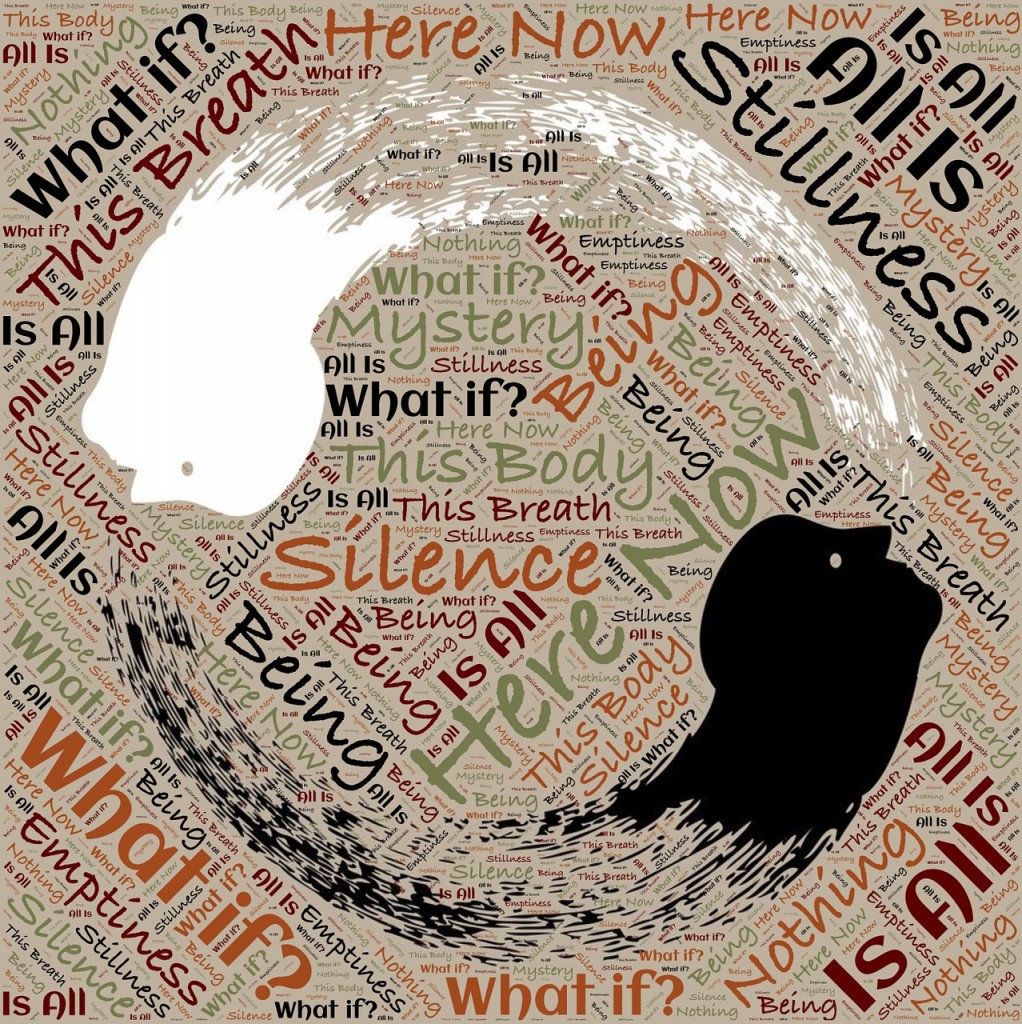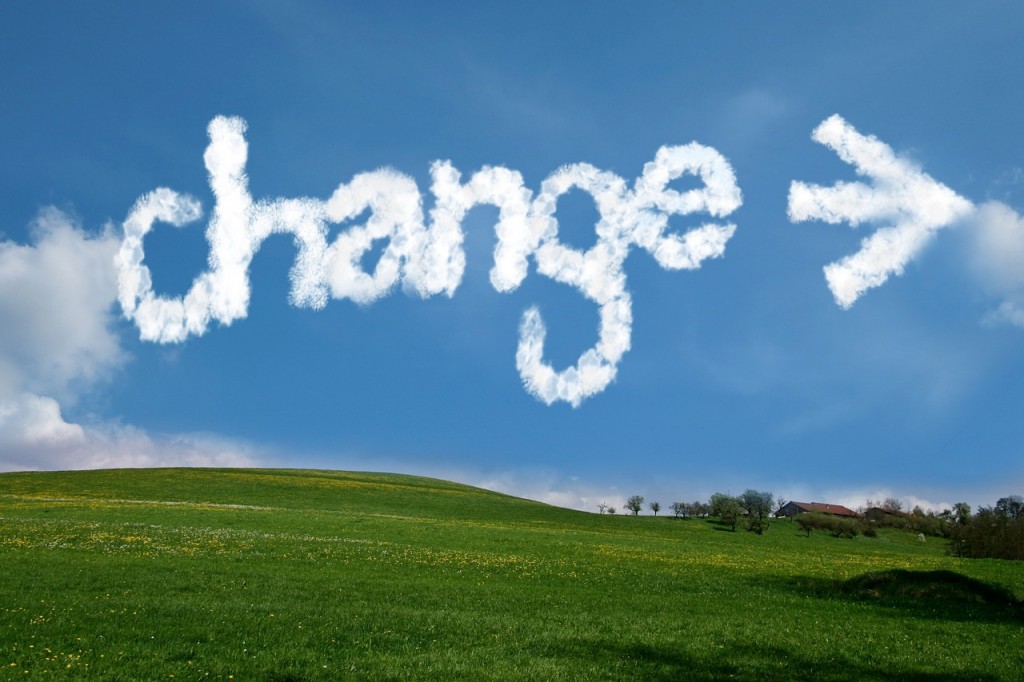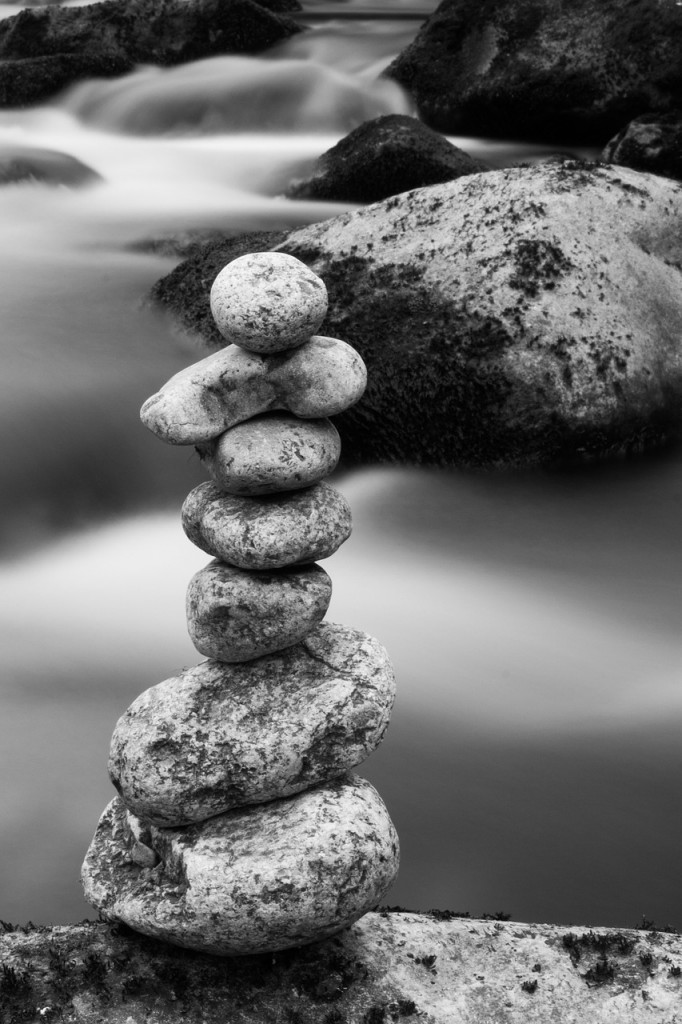Today I’ve been watching this short video on mindfulness for mental health by psychologist
Mark Epstein – bit.ly/1NYGFeO.
I thought I’d capture some key points and bring in some T’ai Chi context.
What is mindfulness: outcomes
Mindfulness helps us not to cling to everything which is pleasant and not to condemn everything which is unpleasant. Mark Epstein explains that mindfulness allows us to distinguish an unpleasant stimulus from your emotional reaction to that stimulus.
We have a choice!
I say this all the time to my children in fact – “you can choose to be happy!!” I say. I hope one day in the fullness of time, they will embrace this gem ![]() It’s a great starting point, and I find a very useful coping mechanism for overwhelm and for those days which just aren’t going my way. So, by choosing to not react to that unpleasant stimulus and instead just noticing its passing, the moment is over. And it’s unlikely that reacting to it would have given any meaningful benefit. To bring in the T’ai Chi context now – in classes, I often remind ourselves that if after attempts to stop our minds from chattering thoughts do come into our heads – we should acknowledge those and then dismiss them for another time. In practising T’ai Chi, we are learning to let go; we don’t meet force with force; we deflect aggression.
It’s a great starting point, and I find a very useful coping mechanism for overwhelm and for those days which just aren’t going my way. So, by choosing to not react to that unpleasant stimulus and instead just noticing its passing, the moment is over. And it’s unlikely that reacting to it would have given any meaningful benefit. To bring in the T’ai Chi context now – in classes, I often remind ourselves that if after attempts to stop our minds from chattering thoughts do come into our heads – we should acknowledge those and then dismiss them for another time. In practising T’ai Chi, we are learning to let go; we don’t meet force with force; we deflect aggression.
What is mindfulness: two distinct types
It’s interesting to note that Mark Epstein put mindfulness into two distinct types: for beginners, there is concentration practice where you keep your focus on something neutral, like your breath. If the mind wanders, you simply return your attentions to the breath, – and this without judgement(!)
A second more advanced practice allows the attention to go with the mind. You thereby become aware of your thoughts, feelings, memories, emotions, worries, joy, anger etc. In conclusion, Mark Epstein explains that in this way, mindfulness allows you to appreciate that everything is changing (think the T’ai Chi symbol and concept of Yin & Yang), and that you become more aware of that as a process rather than paying attention to the content. (Bear this in mind for the “hello you” comment coming up!)
Where does T’ai Chi fit?
T’ai Chi is sometimes referred to as “meditation in movement.” Mindful practice encourages the inner voice to quieten, and rather than emptying the mind of all thoughts and entering a trance-like state, T’ai Chi practitioners are looking to bring their mind into their movements (i.e. away from their heads), and to acknowledge thoughts which do come to mind – but then to dismiss those for another time. So, an awareness of feelings which come and go, and a concentration on being in the moment – i.e. focus on the T’ai Chi practice.
Mindfulness for good mental heath
Mark Epstein explains in this film that the brain is “plastic” and capable of being reconditioned. He talks about mindfulness helping to make changes to the brain’s architecture and developing certain areas of the brain, e.g. altruism.
At this point, I’d like to refer to a wonderful blogpost I read and tweeted about a while ago. Here’s my tweet – and note my reference to the “hello you” comment – I’ll come back to that shortly – http://bit.ly/1ToL5aR
In her blogpost, author Barbara Graham, reveals quite a personal story of her lifelong struggle with anxiety, and how she went in search of ways to manage the condition.
On her journey, Barbara Graham was excited about research relating to the prefrontal cortex down-regulating the amygdala [i.e., it’s less aroused] – thereby causing any anxiety to be reduced. Barbara goes on to ask herself –
‘How do we form those new neural pathways we hear so much about?’
In answer to that, Barbara lists: Mindfulness-Based Stress Reduction (MBSR) has shown great promise in regulating mood states. So has Cognitive-Behavioral Therapy (CBT). She also includes positive impacts from psychotherapy, medication, aerobic exercise, as well as changes in diet and behavior.
On Barbara’s journey to find some relief from her anxiety, and search for some peace of mind, she attended a workshop by Lee Lipp, Ph. D. and David Zimmerman. Their commentary on the benefits of meditation and mindfulness included this, which Barbara quotes –
‘[With mindfulness practice] we see that our thoughts, emotions, and physical sensations come and go like bubbles in a pot of boiling water.’
So as represented in the T’ai Chi symbol – everything is in a constant state of flux – feelings & negative thoughts come and go. And since we are learning through mindfulness that this is the case, we can tune ourselves into that coming and going as a process (as per Mark Epstein’s short film), rather than engaging with every piece of content (i.e. the negative thoughts and emotions).
I thought Barbara’s piece concluded brilliantly – she talks about her anxiety manifesting itself as “uninvited companions” – one of whom she describes as a “sleeping tiger”
‘My uninvited but faithful companions who demand to be seen and heard. “Oh, it’s you again,” I say now more often than not when they start banging at my door. “It’s only you.”’
In this simple analogy, Barbara’s taken control back brilliantly!
And as for the tiger – my T’ai Chi predecessor, the late Gerda Geddes wrote about the symbolism of the tiger* -
‘[I]t can be either yin or yang. When it is yang the tiger depicts authority, courage, bodily strength and military prowess. […] When the tiger is in conflict with the yang celestial dragon it becomes Yin, the quality of earth. To the T’ai Chi performer, the tiger represents all forms of energy.’
And Gerda advises –
‘[I]t is with these energies that we have to learn to deal. We have to direct our energy in such a way that the natural healing process of the body can be enhanced. We have to use it with intelligence, not allowing it to become totally depleted but always retaining a reserve.’
8 choices for improved mental health
So, as I see it – we have a few choices:
• to use mindfulness to bring our experience of life back into the present moment
• to embrace feelings, emotions, thoughts etc. – but to view those as something which is in a constant state of flux (we often refer to feelings coming in “waves”) – they come AND they go
• to understand more about the process of feelings coming and going – thereby liberating us from anxieties
• to not cling to all pleasant emotions
• to not condemn all unpleasant emotions as negative
• to choose not to react to unpleasant stimuli
• to learn to deal with our energies (not depleting; always maintaining a reserve)
• to choose to be happy!
Full acknowledgements
Mark Epstein’s film can be viewed at http://bit.ly/1NYGFeO
My tweets on Mark Epstein’s film at http://bit.ly/24tm7T9
Barbara Graham’s blogpost at http://bit.ly/1PTXwjj
Gerda Geddes excerpt from: chapter “Discovery of the symbols” from Looking for The Golden Needle






